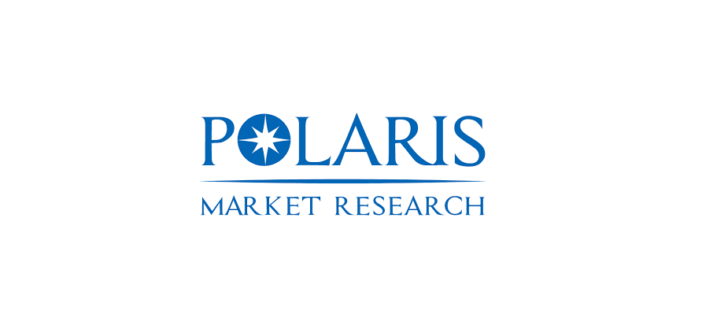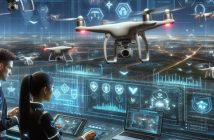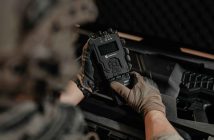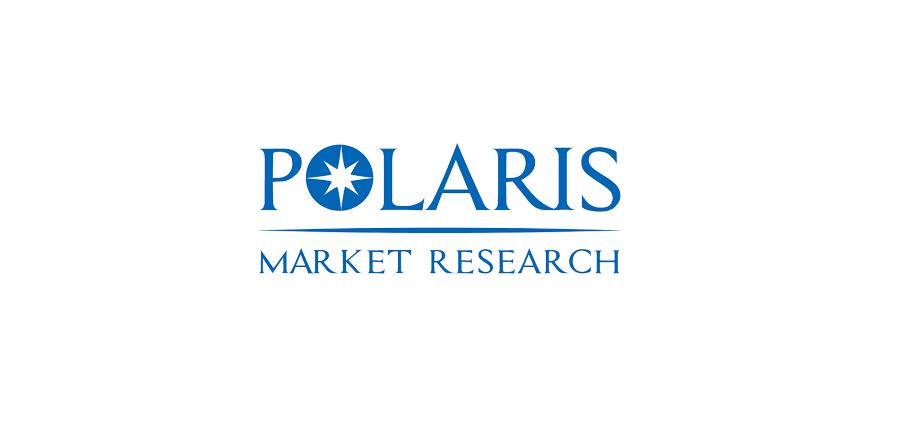
The global LiDAR Drone Market size is expected to reach USD 372.5 billion by 2026 according to a new study by Polaris Market Research. The report “LiDAR Drone Market Share, Size, Trends, Industry Analysis Report, By Type (Fixed-Wing, Rotary-Wing); By Range (Short Range, Medium Range, Long Range); By Component (Cameras, Navigation and Positioning Units, Laser Scanners, Others); By Application (Corridor Mapping, Aerospace and Defense, Mining, Construction, Entertainment, Environment, Agriculture, Others); By Regions; Segment Forecast, 2020 – 2026” gives a detailed insight into current market dynamics and provides analysis on future market growth.
The demand for LiDAR drones is increasing owing to its ability to collect the data points at a faster rate. Some features offered by them include time and cost effectiveness, enhanced quality data, and increased safety. These drones are adopted across diverse applications such as transportation, forestry, hydrology, mining, and construction among others. Agriculture sector is increasingly adopting these drones for improving yield production, crop health management, and improving soil conditions.
Rotary wing LiDAR drones dominated the global market in 2019. However, the demand for fixed wing is expected to increase during the forecast period owing to longer flight autonomy, larger area coverage, and improved output quality. Fixed wing drones enables improved constant control of the main parameters influencing the flight. They also offer enhanced aerodynamic performance, greater control of image quality, and noise elimination.
The range segment has been divided into is segmented into Short Range, Medium Range, and Long Range LiDAR Drones. In Feb 2018, Delair, a major provider of commercial drone launched Delair DT26X LiDAR UAV with RIEGL miniVUX-1DL sensor fully integrated. The new offering is a long-range fixed wing drone equipped with LiDAR sensing capabilities and integrated high resolution RGB (red, green, blue) camera for improved precision and efficiency of surveying and 3D mapping.
Cameras are a major component of LiDAR drones. They are used for capturing images of environment or target objects and are generally upgraded with 3D sensing technology. Efficient 3D cameras are found useful in site-surveying applications to capture finer details. The 3D cameras used can capture real-time videos. The 3D cameras are used for mapping and texturing across diverse applications such as military, aeronautics, space research, earth surface surveying, agriculture, and construction among others. The technological advancements in imaging technology would contribute to adoption of cameras with improved scan quality and response-time in LiDAR drones.
The demand for LiDAR drone is increasing from the construction sector. They are becoming popular among engineers, planners and developers for land mapping and construction activities. They assist in analysis, and strategic planning of urban settlements. These are also used for construction progress photography and topographic survey by construction and land surveying & development companies. They also find applications in development of large scale projects such as roads, railroads, canals, energy transportation lines, and piping. Government and private firms engaged in construction, engineering and mining, surveying land management and planning are likely to increase the demand of LiDAR drones in coming years to optimize traffic flow, enhanced route planning and design, detailed topographic models, and 3D modelling and reconstruction.
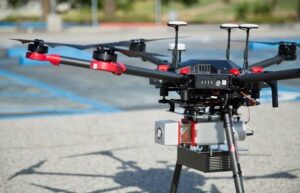 North America emerged as the largest market in 2019 and is expected to maintain its dominance over the forecast period. Rise in applications of LiDAR drones in agriculture, mining, defense, and government sectors in the North American region is the major driver for market growth. Rise in investment in the defense sector, along with technological advancement in telecommunication industry is expected to drive the market growth in North America during the forecast period. Use of high-resolution imaging, and increasing use in environmental control and pollution by government, and non-government organizations are expected to raise the market investment.
North America emerged as the largest market in 2019 and is expected to maintain its dominance over the forecast period. Rise in applications of LiDAR drones in agriculture, mining, defense, and government sectors in the North American region is the major driver for market growth. Rise in investment in the defense sector, along with technological advancement in telecommunication industry is expected to drive the market growth in North America during the forecast period. Use of high-resolution imaging, and increasing use in environmental control and pollution by government, and non-government organizations are expected to raise the market investment.
The LiDAR Drone Market is characterized by established companies and large giants. Owing to technological advancements, and greater need to cater to customer requirements, companies are collaborating in order to strengthen market presence and gain market share. Broadening of product portfolio is another trend that is visible in the industry. Some of the major market participants include Geodetics, Inc., Faro Technology, Trimble Navigation Limited, SZ DJI Technology Co. Ltd, Velodyne LiDAR, Inc., Phoenix LiDAR Systems, UMS Skeldar, Teledyne Optech, Riegl Laser Measurement Systems GmbH, YellowScan, OnyxScan, LiDARUSA, Delair, Sick AG, MicroDrones, Leica Geosystems AG, and 3D Robotics, Inc.
Polaris Market research has segmented the LiDAR Drone Market report on the basis of type, range, component, application, and region
- LiDAR Drones Type Outlook (Revenue, USD Million, 2015 – 2026)
- Fixed-Wing
- Rotary-Wing
- LiDAR Drones Range Outlook (Revenue, USD Million, 2015 – 2026)
- Short Range
- Medium Range
- Long Range
- LiDAR Drones Component Outlook (Revenue, USD Million, 2015 – 2026)
- Cameras
- Navigation and Positioning Units
- Laser Scanners
- Others
- LiDAR Drones Application Outlook (Revenue, USD Million, 2015 – 2026)
- Corridor Mapping
- Aerospace and Defense
- Mining
- Construction
- Entertainment
- Environment
- Agriculture
- Others
- LiDAR Drones Regional Outlook (Revenue, USD Million, 2015 – 2026)
- North America
- U.S.
- Canada
- Europe
- France
- Germany
- UK
- Italy
- Spain
- Rest of Europe
- Asia Pacific
- Japan
- China
- India
- South Korea
- Rest of Asia Pacific
- Latin America
- Mexico
- Brazil
- Colombia
- Rest of LATAM
- Middle East & Africa
- Saudi Arabia
- South Africa
- Israel
- UAE
- Rest of MEA


